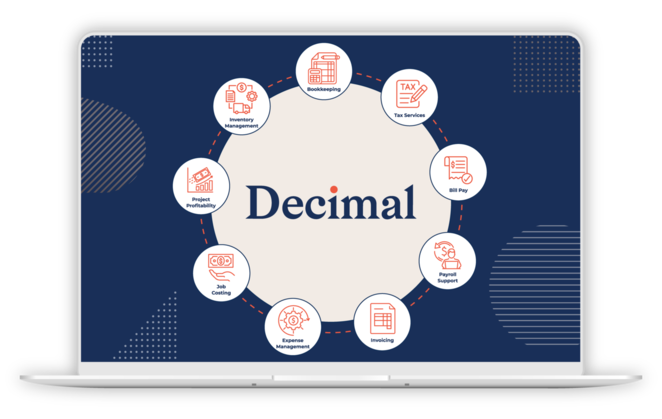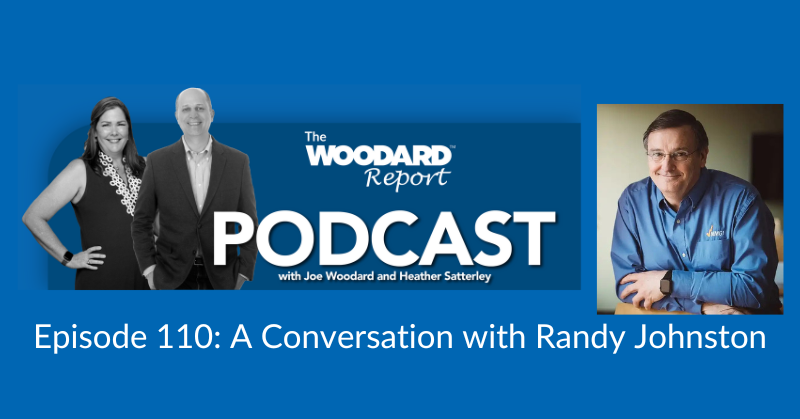Between client requests, looming deadlines, and closing out projects, year-end can feel like a sprint to the finish. But handled strategically, it’s also your best opportunity to pause, reflect, and position your firm for a more profitable year ahead.
The firms that grow the fastest use this season to rethink how they work, realign their teams, and sharpen their focus on bottom line growth. When you treat year-end as a starting point instead of a finish line, you’ll lay the groundwork for stronger margins and sustainable growth.
Use these practical preparation steps to audit your firm, streamline workflows, and plan capacity so next year starts stronger than it ends.
Why year-end is the ideal time to refocus
After months of deadlines and deliverables, it’s tempting to jump straight into the new year’s workload. But before the cycle starts over, take advantage of the rare moment between busy seasons to evaluate your firm’s performance with fresh eyes. What worked? What should you leave behind to move forward?
When you’re already deep in the data, you have the clarity to spot where projects slowed down, which clients required more time than expected, and how well your systems supported the rush.
Instead of coasting through the quarter, turn it into a profit-building opportunity. Use this window to review your team’s capacity and project management approach, pinpoint inefficiencies, and refine the workflows that directly affect your margins.
A few small operational improvements now can free up hours of billable time later and help your team start the new year organized, energized, and focused.
Give your firm a year-end profitability tune-up
A quick internal audit can reveal where your firm’s time, energy, and profitability are getting lost. Use this checklist to guide your team’s review before next year’s projects begin.
Conduct an internal firm audit
Before you plan for growth, look inward. Year-end is the best time to evaluate your internal operations. The busy season has tested every process and exposed where things slowed down.
Start by reviewing three key areas:
- Workflows: Which tasks consistently caused delays or required rework? Which processes aren’t clearly mapped out? Where can automation reduce manual effort next year?
- Tech Stack: Are your tools working together efficiently, or are you losing time switching between disconnected systems? Identify redundancies and integration gaps that eat into productivity.
- Communication: How easily does information flow between your staff and clients? Look for ways to centralize internal and external updates to reduce time lost in scattered messages or email chains.
This internal audit gives you a reality check on how your firm really operates under pressure. When you use year-end insights to strengthen your systems, you set up next year’s work to run smoother, faster, and with fewer surprises.
Reassess client profitability and scope
Not every client relationship contributes equally to your firm’s bottom line. Now is the right time to pay attention to the ones that truly do.
Review your client list through two lenses:
- 1. Revenue contribution
- 2. Effort required
Compare the fees you earned against the actual hours, revisions, or communication time invested (a reminder that even firms with non-hourly pricing models benefit from tracking time). Some clients consistently deliver healthy margins; others drain resources through scope creep, delayed responses, or constant urgencies.
Once you identify those patterns, consider how to realign for next year:
- Create new client engagement tiers that better match client needs to the level of service you provide.
- Revisit your pricing model to reflect the true value of your firm’s work and the time you invest in completing it.
- Identify opportunities to upskill or reassign staff to higher-value engagements.
Balance is the main goal of analyzing client profitability. When your team’s effort matches the reward, morale improves, efficiency increases, and clients get a better experience overall.
Streamline and automate recurring workflows
Your firm’s workload naturally spikes near the end of the year with client follow-ups, tax planning, filing preparation, and final reconciliations all hitting at once. When so much of that work repeats from one engagement to the next, it’s the perfect time to identify where automation can take over.
Start by listing your high-volume, low-value tasks. These tasks increase your administrative hours but don’t require your expertise. Think about how much time you spend:
- Requesting and searching for documents
- Sending or waiting on status updates from clients and staff
- Manually recreating the same set of tasks for recurring projects
Multiplied across clients and team members, these tasks can quietly consume the equivalent of days of billable time each month.
Automated workflows turn that lost time into greater capacity for high-value work. By setting up recurring task templates, automated reminders, and standardized project workflows in your practice management software, your firm builds a system that runs smoothly even during peak demand.
For example, recurring bookkeeping projects can trigger automatically each month with preassigned roles, deadlines, ready-to-use email templates, and notification rules. With built-in automated workflows, everyone knows what to do without a manager manually delegating.
Fewer projects need to “start from scratch,” deadlines and client updates stay on schedule, and the entire firm operates with fewer interruptions. Automation gives your team the breathing room to focus on tasks with higher returns, like year-end analysis, forecasting, and client advisory.
Align your team around new goals and capacity plans
Even the best strategy fails without team alignment. This is the ideal time to gather your staff for a focused year-end alignment session designed to reflect on the past year’s challenges and set up the next one for smoother workflows and sustainable growth.
Use this checklist to guide your conversation:
- 1. Set clear workload targets: Review this year’s capacity levels to see where your team thrived or struggled. Use those insights to set realistic targets that balance demand, time, and resources.
- 2. Openly discuss stress points: Create space for honest feedback on what caused burnout or frustration during year-end. Address recurring issues now to prevent them from resurfacing next year.
- 3. Reassign work based on strengths and availability: Use your findings to rebalance workloads and align projects with each team member’s strengths. Clear visibility into capacity helps keep deadlines realistic and morale high.
- 4. Revisit firm goals for the year ahead: Once operations are streamlined, refocus on strategic growth areas like advisory services or client experience. Tie each goal to measurable capacity metrics to stay accountable throughout the year.
This meeting doesn’t need to be long to make an impact. A focused, intentional conversation ensures everyone knows their role, respects capacity, and works toward the same goals.
Build momentum for a strong start in January
The insights you gather now will shape your plans for next year’s efficiency and profitability. With the right project management and capacity planning software, those plans become part of your everyday workflow.
By standardizing workflows, tracking workloads, and surfacing bottlenecks before they happen, your firm can close the year with clarity and start the next one even stronger.
Invest this time wisely in reflection, realignment, and capacity planning. When your team knows what’s coming and your systems are built to support them, profitability becomes more predictable—and less seasonal.
Sponsored Content: This article is generously brought to you by one of our valued sponsors. Their support enables us to continue delivering expert insights and the latest industry trends to our dedicated community of accounting professionals.
.png?width=150&height=63&name=TWRlogo-regmark_blueblack%20(1).png)
.png)










Do you have questions about this article? Email us and let us know > info@woodard.com
Comments: